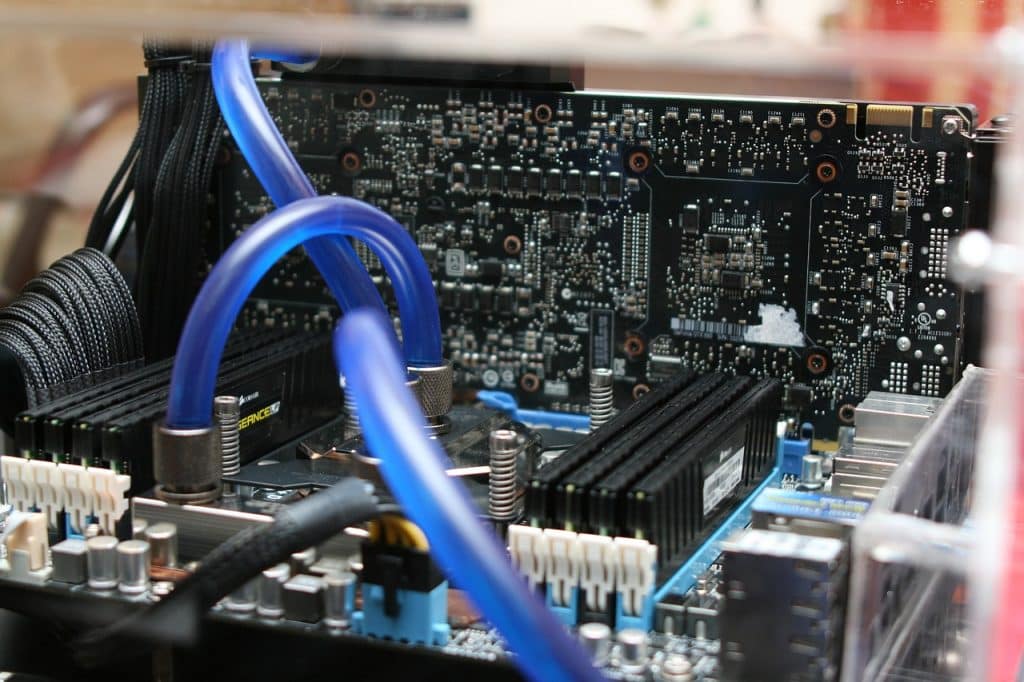- Motherboards come in many different types and can have a variety of features.
- Some of the most common types are desktop and laptop motherboards.
- Desktop motherboards are often larger and have more features than laptop motherboards.
- Laptop motherboards are typically smaller and have more limited features than desktop motherboards.
- There are many different types of laptop motherboard, each with its own set of advantages and disadvantages.

What is a motherboard?
A motherboard is the central component of a laptop. It contains all of the electrical components, as well as the chips that run your laptop. Many motherboards come with ports that allow you to connect devices such as a graphics card or hard drive. Some motherboards also have slots for memory cards and other peripherals.
Types of motherboards: desktop, laptop, mATX, E-ATX, and XL-ATX
PC users have a variety of motherboard options to choose from, depending on their needs. Desktop motherboards are larger and can support more components than laptop motherboards. Laptop motherboards are generally smaller and geared towards portability; they may not have as many features or support as many components as desktop motherboards. MATX, E-ATX, and XL-ATX motherboard sizes are also available, which offer a compromise in size between desktop and laptop models.
Pros and cons of each type
PC building has never been so exciting thanks to the wide variety of desktop, laptop, and mATX motherboard form factors. E-ATX and XL-ATX are especially popular because they offer more room for expansion than traditional desktop and laptop motherboards. However, each type of motherboard has its own set of pros and cons that should be considered before making a purchase.
Desktop Motherboards: Desktop motherboards are larger in size than laptop or mATX motherboards, which means they can accommodate more components. They are also usually cheaper than other types of motherboards due to their smaller size. However, they may not have enough room for high-end graphics cards or other expandable hardware. Desktop motherboards are generally better suited for basic computing tasks such as web browsing, emailing, and Word processing rather than gaming or heavy multitasking.
In conclusion,there are many different types of laptop motherboards on the market, each with its own unique features and benefits. If you’re in the market for a new motherboard for your laptop, be sure to research all of the options available to you before making a purchase. There are plenty of great options to choose from, so feel free to shop around until you find the perfect one for your needs.